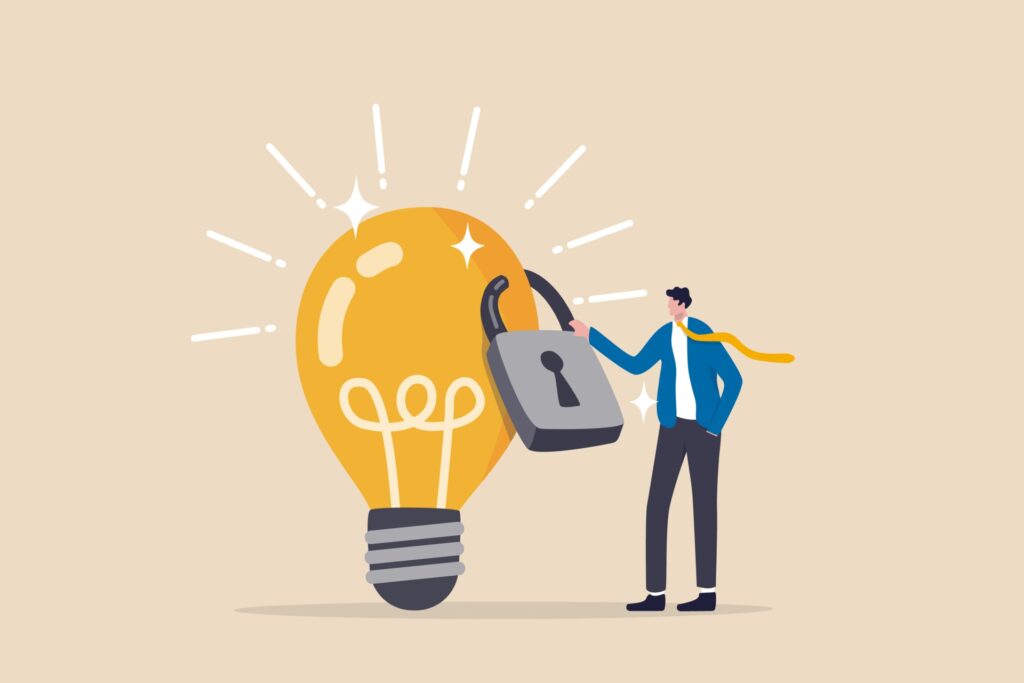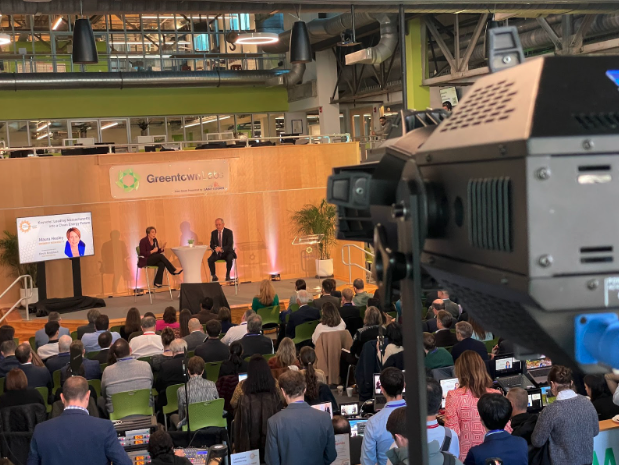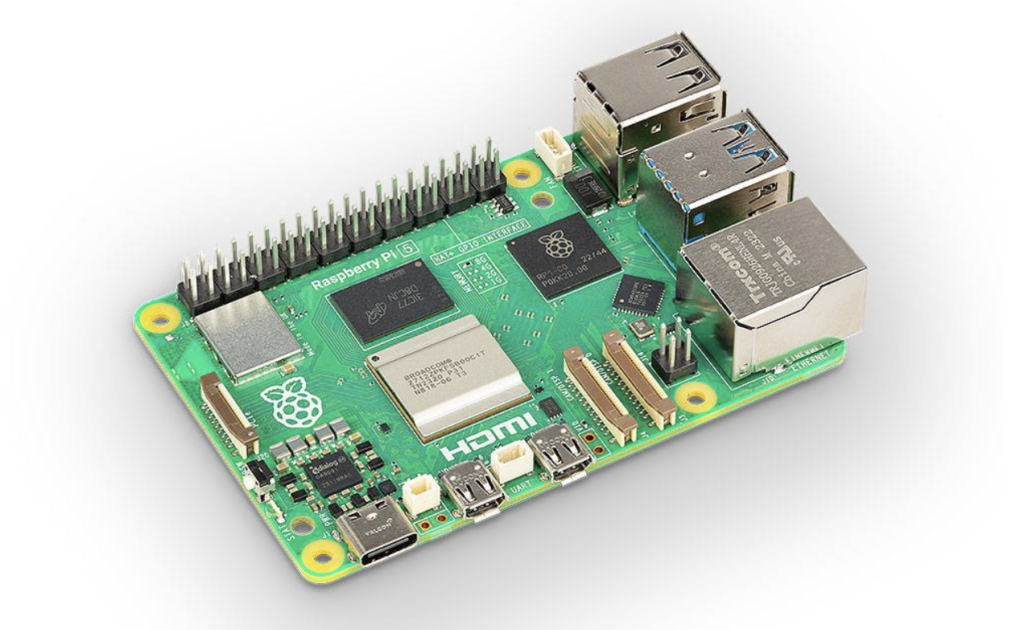
Having a big idea is just the beginning. Most people will have several actionable ideas in their lifetime, but the difference between whether those ideas become profitable depends on protection, perseverance and sometimes a little luck. Today, on World IP Day, we’re digging into how you can protect your ideas and chatting with Josh Malone, policy director for US Inventor, and inventor of Bunch O Balloons.
A U.S. Patent Isn’t Enough: Protecting Your Intellectual Property
Having a big idea is just the beginning. Most people will have several actionable ideas in their lifetime, but the difference between whether those ideas become profitable depends on protection, perseverance and sometimes a little luck. Today, on World IP Day, we’re digging into how you can protect your ideas and chatting with Josh Malone, policy director for US Inventor, and inventor of Bunch O Balloons.
Section 8 of the United States Constitution reads:
“Congress shall have the Power To… promote the Progress of Science and useful Arts, by securing for limited Times to Authors and Inventors the exclusive Right to their respective Writings and Discoveries.”
Encouraging innovation is part of the fabric of America. After inclusion in the U.S. Constitution, the Patents Act of 1790 further solidified the intention to protect inventors and encourage innovation. Malone says changes in US patent law have decreased the efficacy of patents for average entrepreneurs and shifted benefits to large corporations. While a patent might not be enough to protect your idea under the current patent system, there are things you can do to protect your intellectual property.
Types of Intellectual Property
Ideas fall largely under two broad categories: artistic and useful. Novelists, musicians, and artists of every kind create art that is protected by copyright. The ideas of inventors and engineers can fall under the artistic category, but are more often utilitarian. Utilitarian inventions include mechanical devices, hardware and software, and processes by which things are made.
Some inventions will have both artistic and utilitarian qualities and can receive protection on both.
Types of Protection
Once you’ve determined whether your invention is artistic or useful, it’s helpful to know which types of protection may apply. These protections are legal, can be expensive to obtain and enforce, but should be evaluated as part of an overall business strategy.
Trade Secrets
Trade secrets include confidential information which can be sold or licensed. They can be inventions, processes, or assets that businesses hold in private. According to the World Intellectual Property Organization, trade secrets must be commercially valuable because they are secret, known by a limited group of people, and the person or business with the trade secret must take reasonable steps to protect it.
Trade secrets can include technical information like recipes, data from testing and conceptual designs, or commercial information like supply chains, distribution channels and other strategies.
Trademarks
Trademarks are a public-facing word, phrase, design or combination that identifies a good or service and distinguishes it from the competition. They have to be used for goods or services that a person or company sells or intends to sell. Trademarking a catch phrase must be done in conjunction with the intent to sell a good or service. Think of merchandise associated with television shows or movies. Companies often choose to protect the name of their signature product or service to secure it as a brand grows. Trademarks were created to help establish economic efficiency and stability. They provide consumers with confidence that everything they buy under a certain trademark should be held to a specific standard.
Trademarks and copyrights are useful for ideas, products and services that quickly develop a following. These protections can help an inventor build a business around their idea, and help demonstrate value.
Copyrights
Copyrights protect artistic works, or as the Copyright Act calls them, “original works of authorship fixed in any tangible medium of expression.” These include books, articles, music, photographs, art, graphic design, architectural designs and more.
Copyright protections do not extend to the underlying idea behind a work, however. Two people can be inspired by the same idea, and as long as the works produced are different in substance, copyright is not violated.
Patents
Patents protect the form and function of an idea or invention. There are two main types of patents: utility and design. Utility patents cover the general idea of a product, offer broader protections, but are harder to obtain. Patents were designed to encourage innovation because inventors could build upon what others had done to advance society.
Josh Malone, policy director of US Inventor and inventor Bunch O Balloons, cautions other inventors to weigh the true costs of obtaining patents. There are filing fees, attorney fees to execute the patent and rounds of examination. Malone said a “good” patent is likely to cost close to $30,000.
“I’ve seen people get patents for cheaper, but they’re not very good patents,” Malone said. “As good as a patent is, the problem now is that these big corporations don’t think any of our patents are valid. You can get the best patent, and it’s going to cost you $30,000-$40,000, but even it won’t be good enough if you have to use it.”
Patents in America
US Patent Act of 1790
Patents in America were unique from the start. In England, patents were privileges that could be purchased. Malone describes it like this: An aristocrat or friend of the monarch could buy a patent on a colony, or a port or industry, and the King would grant the monopoly. The American Founding Fathers democratized not only government, but business. In 1790, the US Patents Act said that if a person came up with a new discovery or invention and petitioned for a patent, he, she, or they would be entitled to it. It was a right of the inventor, not a privilege to be purchased.
“It was revolutionary when they said we want ordinary people to participate in innovating and reward them with a property right to that invention,” Malone said. “And that’s the way our system worked more or less for 200 years. We went from a fledgling colony to a superpower within two and a half generations. A lot of that was due to our innovation and engaging the entire citizenry of creative individuals and industrious individuals. It was brilliant.”
Laws and Courts
Between 2006 and 2018, a number of court cases made their way to the supreme court dealing with patent infringement and the rights of patent holders. In 2006, the U.S. Supreme Court heard three dealing with “patent trolls,” or companies who hold patents for the purpose of extorting royalties.
2011 America Invents Act
The America Invents Act created a process for challenging low-quality patents. It created the Patent Trial and Appeal Board, or PTAB. This board was a function of the executive branch and was designed to lower the cost of challenging a patent to speed up the process. In 2018, the PTAB was challenged in a supreme court case. An article written shortly after the case summarized part of the ruling like this: “The nation’s highest court ruled that patent rights were fundamentally a government-granted privilege that could properly come with strings attached. One such condition is the risk that the patent office might change its mind and invalidate a patent that it had previously approved.”
Malone argues that while the goals of the PTAB may have been honorable, and to speed up litigation, the result was a major point in favor of goliath. Small inventors and entrepreneurs were left hung out to dry.
“If you’re a big corporation, if you’re wealthy, you have influence in the government and you can have a patent,” Malone said. “U.S. Inventor wants to do what’s good for society, we encourage entrepreneurship, but the reality is that a patent isn’t a serious part of that anymore. Patents are not really for startups anymore.”
Challenges to Patents
Malone reminds us that the law has always allowed for challenging the validity of a patent as a defense if you’re accused of violating someone else’s patent. Perhaps one inventor is toiling with an idea and finally brings it to market only to be accused of infringing upon another idea that was under development by another business at the same time. Before the creation of the PTAB, a court would hear the case to determine whose patent was valid. A jury would decide if the original patent was valid.
In the 1980s, a review process within the patent office was instituted that was geared toward strengthening the patents themselves. If there was an error, the review process allowed the inventor to strengthen their application and subsequent patent protection.
Malone argues that the 2011 creation of the PTAB has invalidated scores of patents held by individual entrepreneurs and inventors in favor of large corporations with legal teams filing multiple petitions against the same patents. PTAB was intended to be a faster, cheaper alternative to resolving patent disputes in district court.
“It was supposed to be for small businesses to defend themselves against patent trolls,” Malone said. “But only 2% of the 12,000 cases have been fled by small businesses against patent trolls. 83.5% are filed by big corporations against vastly smaller competitors.”
The Bunch O Balloons Case
Malone is no stranger to patent infringement litigation. His Kickstarter campaign in 2015 raised more than $929,000. Malone says he believes one of his initial backers was affiliated with TeleBrands, and that in fulfilling his campaign, he inadvertently handed a serial patent infringer his novel creation. That would spark a years-long patent infringement lawsuit.
“They absolutely flat out copied my invention,” he said. “On infringement, they were dead to rights. It shouldn’t have had to go to court.”
One of the defenses a brand like TeleBrands will use is to claim the original patent should not have been issued in fighting a patent infringement case. But if an idea is novel and not obvious, the patent should stand. Malone said that he and the company who licensed his invention had to raise and spend $75,000 every week fighting the legal battle.
In 2019, he won his federal court case against TeleBrands and received $31 million as a part of the settlement. Malone said his case highlights the inefficiencies and flaws of the PTAB system currently in place.
“PTAB was supposed to be a faster, cheaper alternative to District court,” he said. “I think about the design triangle. You can have fast, cheap, or good and you can only pick two. The PTAB shows that by going fast and cheap they had to throw out due process, fairness, justice, and equity.”
Beyond the Patent
If the patent system isn’t the most viable option for inventors to protect their property, what can people do? From joining organizations to seeking international protection, or reformatting business plans to account for the likelihood of infringement, it’s important to consider other options before relying too heavily on a patent.
Alternate business plans
If your initial plan was to bring your invention to life, protect it with a patent and launch a business around it. That’s still possible. But if your idea is successful, it’s wise to prepare for it to be stolen and copied. Malone says that for many successful inventions, if they generate between $1 and $10 million in revenue, they’re likely safe from copycats, but the exact number is a moving target.
Quick exit
If an idea generates significant revenue, it’s not unlikely that others have taken note. In that case, it’s important to continually innovate or create new concepts. Planning for a quick exit from the venture is important, too. Malone recommends evaluating an idea before investing too much time or money. Consider how long it will realistically take to pay yourself back and turn a personal profit.
“Don’t take on a project that’s going to take five to 10 years to pay back,” he said. “Someone can swoop in and interfere with that business and steal your market share from you. Plan on a business where you see a return in six to 18 months, and then have a new product idea.”
Licensing
Some innovators may turn to licensing to get their ideas into the world without the exorbitant upfront investment. For those who can’t, or won’t, pay for the prototyping costs, licensing can provide a way to make money on an idea. Malone says that unlike crowdfunding, which requires a functional prototype, much of the licensing deals occurring today are more rudimentary. Inventors don’t need proof of concept, but rather an idea that is sellable.
US Inventor
If accepting the patent system as it is isn’t appealing, US Inventor is working in Washington D.C. to lobby for laws and policies that benefit inventors and encourage the entrepreneurial spirit. A resolution available on their website is the easiest way to get involved.
Malone says the mission of US Inventor is two-fold: incentivize innovation by fixing the laws governing our patent system and educating inventors to empower them for success. US Inventor acts as the voice of small inventors in areas of patent policy.
Work with Enventys Partners
If you have an idea, but aren’t sure how to bring it to life, let us help. We’ve worked with thousands of inventors like you to bring countless ideas to life through our product development, engineering, and marketing services. Get in touch with us today!
Work With Us
Want to learn more about how we’d prepare your product for launch? Request a quote today.
Want To See This Advice In Action?
Check out our case studies and learn more about how we’ve achieved stellar results for our clients.



